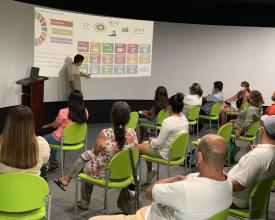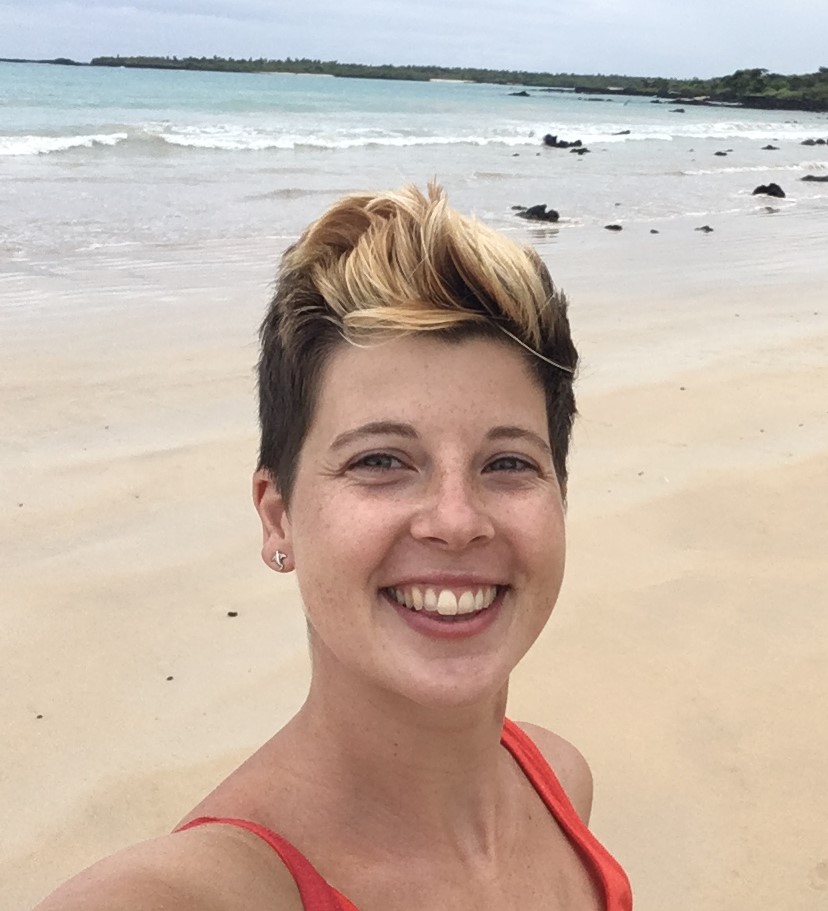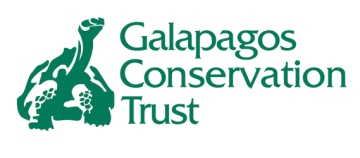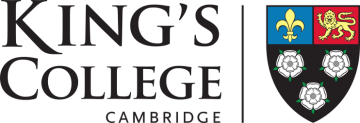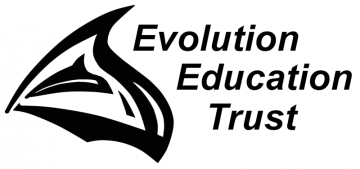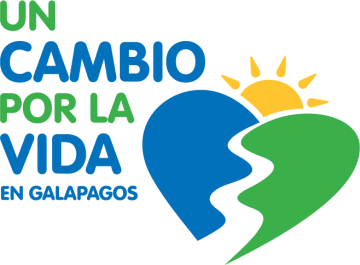
Priorizar los ODS para Galápagos
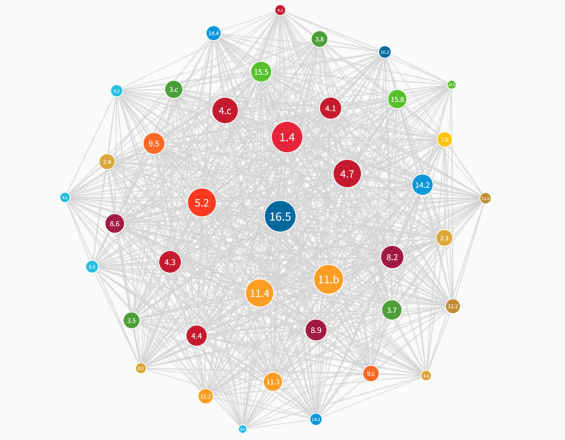
En 2018, los Objetivos de Desarrollo Sostenible (ODS) fueron declarados política pública en Ecuador y el archipiélago de Galápagos fue seleccionado como provincia pionera para trabajar en su consecución. En 2021, tras una solicitud de apoyo del Consejo de Gobierno de Galápagos, nuestro equipo lideró un proceso de colaboración para priorizar y contextualizar las metas de los ODS para las islas. A través de una serie de talleres con más de 50 responsables políticos, representantes de ONG y miembros de la comunidad, elaboramos una lista de 40 metas de ODS contextualizadas, cada una de ellas considerada urgente para Galápagos (véase la lista completa en www.ods-galapagos.com). A continuación, dirigimos un segundo proceso para analizar las posibles sinergias entre estos 40 objetivos e identificar aquellos con el impacto más positivo en general. Los tres principales identificados fueron eliminar la corrupción y el soborno, garantizar la igualdad de derechos y acceso, y aumentar la resiliencia frente a los desastres. A continuación, desarrollamos una herramienta en línea para ayudar a comprender los 40 objetivos y las interacciones entre ellos.
Impactos
Los ODS son extremadamente amplios en su alcance, pero también sinérgicos. Mediante la identificación de prioridades y la evaluación de las formas en que se apoyan mutuamente, se pueden trazar rutas eficientes para alcanzarlos. Después de haber llevado a cabo este proceso en Galápagos, hemos identificado 40 metas, que abarcan 14 de los 17 Objetivos, que son consideradas como las más importantes para el archipiélago por una amplia gama de partes interesadas. De ellos, hemos identificado aquellos que, si se avanza, pueden tener el impacto más positivo en los otros 39 objetivos al mismo tiempo. Comprender las interrelaciones entre los ODS en el contexto de Galápagos e identificar los puntos de partida clave puede ayudar a los responsables políticos locales y a los líderes de proyectos a dirigir la investigación y los recursos de manera eficiente hacia la Agenda de los ODS en su conjunto. Al mostrar los objetivos y las interacciones entre ellos de una manera clara y visual, nuestra herramienta en línea también permite a las personas y grupos que trabajan para alcanzar diferentes objetivos entender cómo podrían beneficiarse de considerar el trabajo de los demás y/o colaborar. En general, esta solución puede ayudar a los investigadores, el sector privado, las ONG y los responsables de las políticas públicas a planificar prioridades, diseñar proyectos, justificar esfuerzos y recaudar fondos para apoyar los ODS en Galápagos y, por tanto, proteger su patrimonio natural y cultural.



